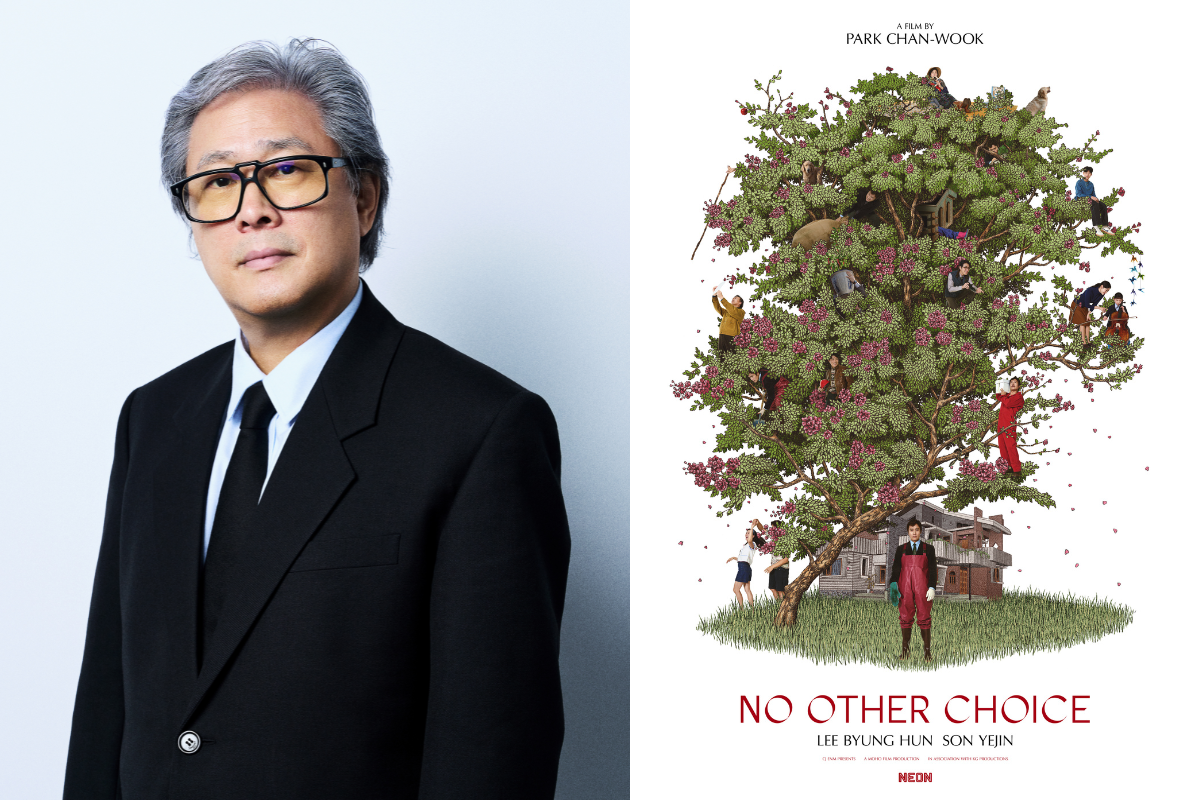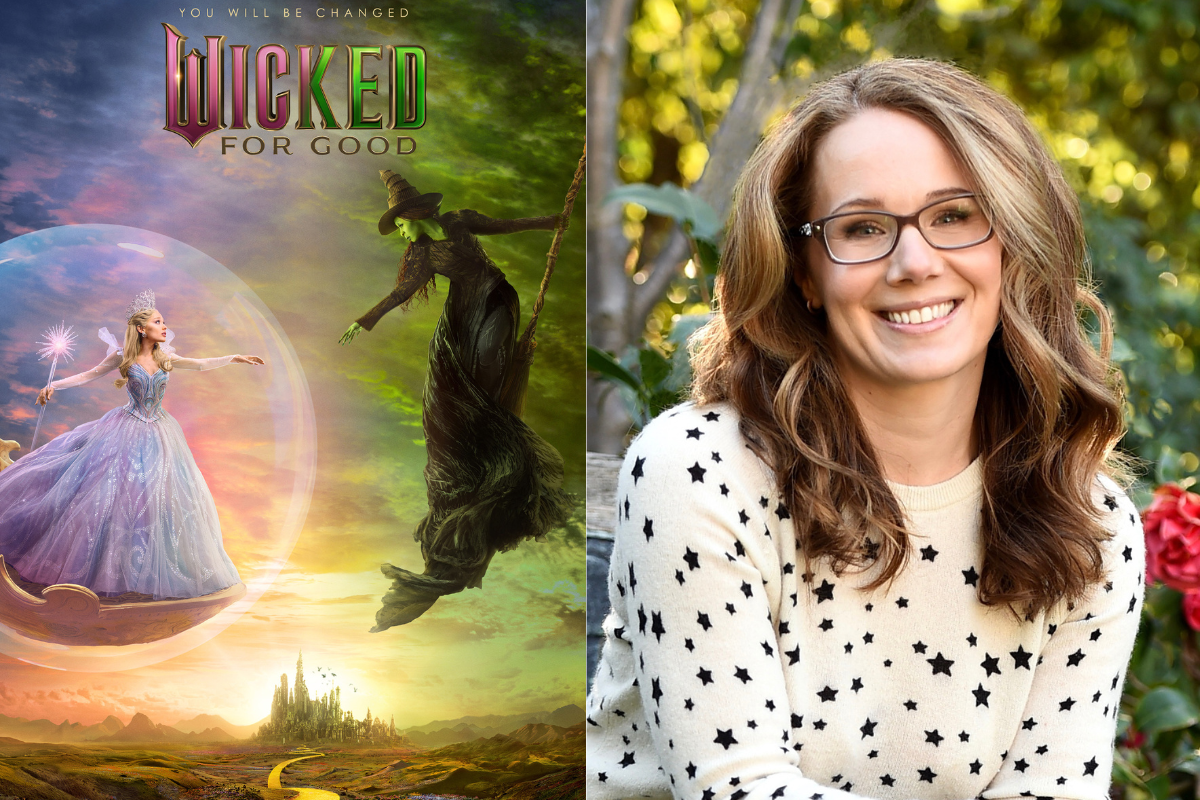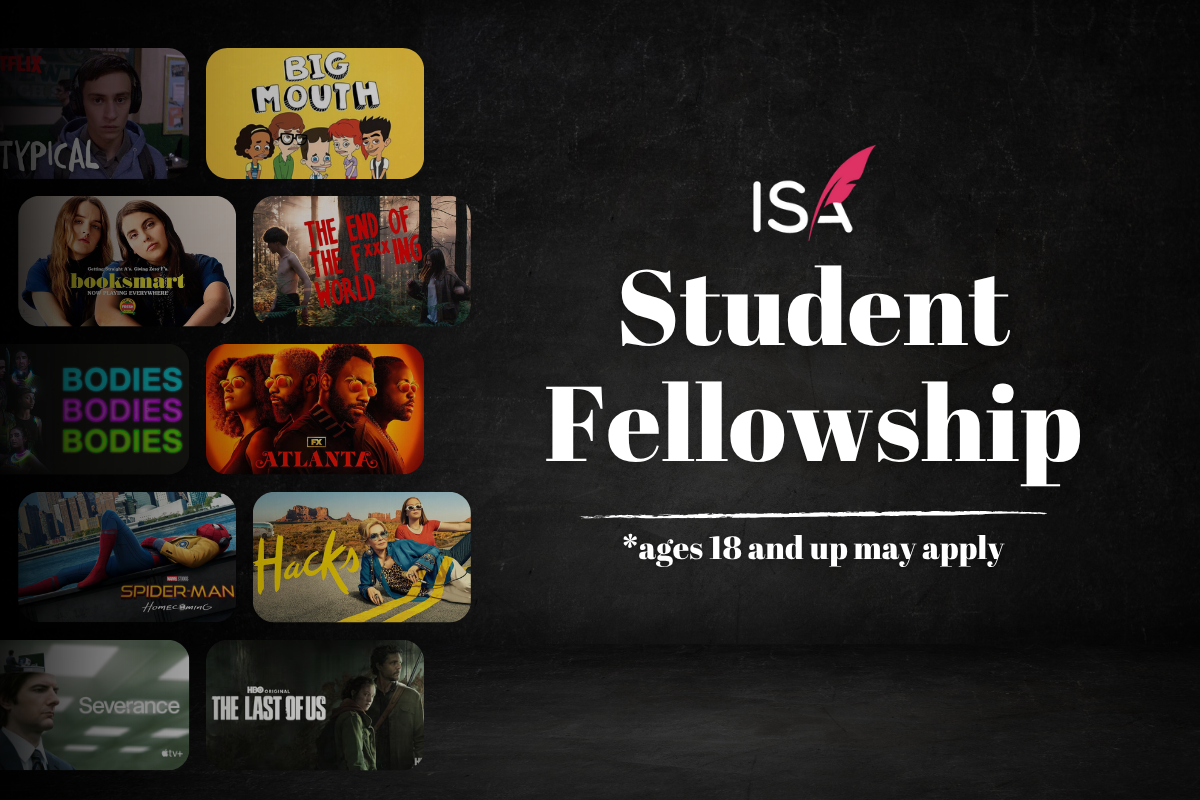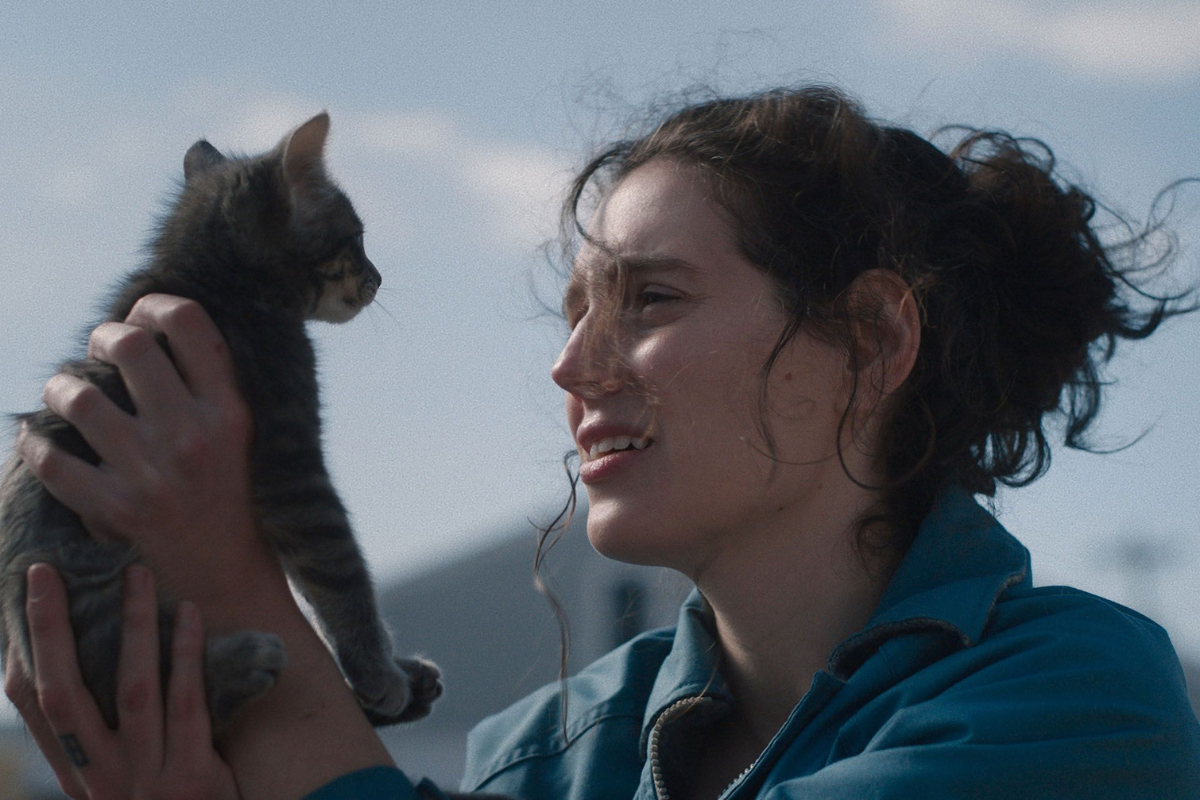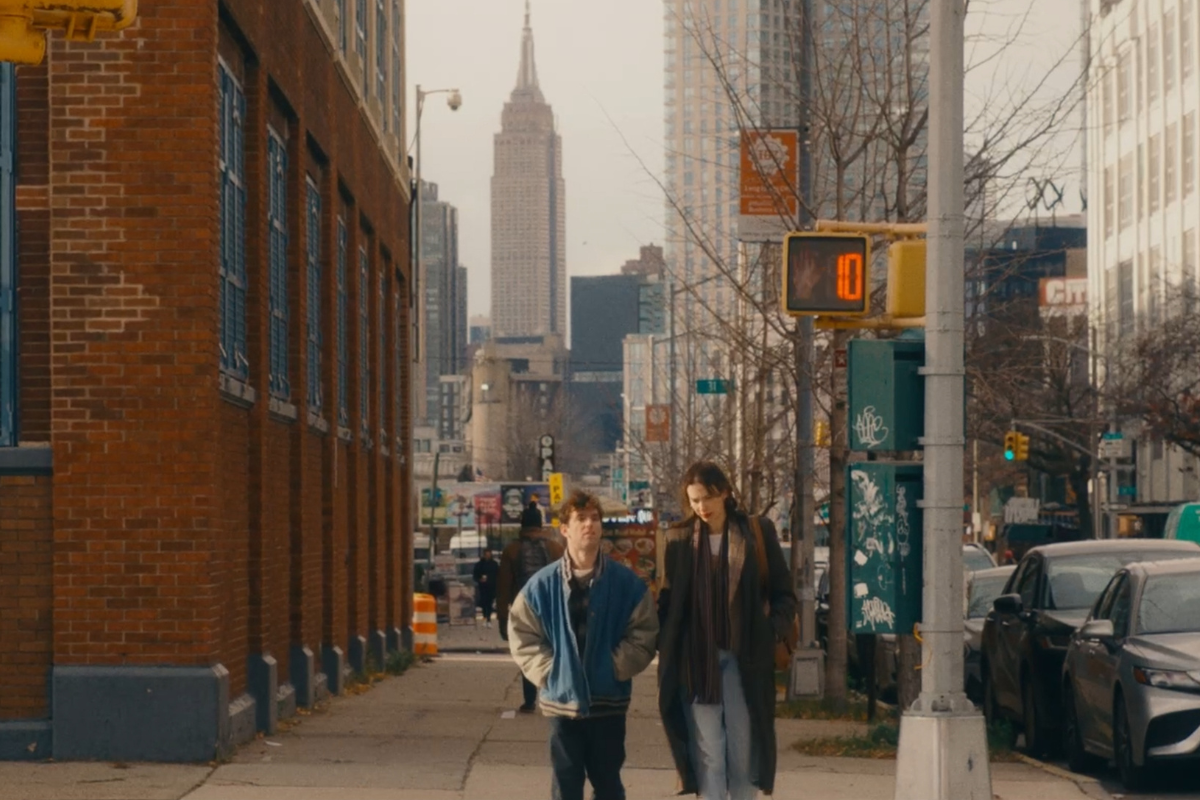INTERVIEW: Andrea Berloff, Writer/Director of The Kitchen
Oscar-nominated screenwriter, Andrea Berloff, discusses directing and writing the graphic-novel adaptation, The Kitchen, starring Melissa McCarthy, Tiffany Haddish, and Elisabeth Moss.
Oscar-nominated screenwriter, Andrea Berloff, discusses directing and writing the graphic-novel adaptation, The Kitchen, starring Melissa McCarthy, Tiffany Haddish, and Elisabeth Moss.
Academy Award-nominated screenwriter Andrea Berloff (Straight Outta Compton, World Trade Center), never set out to make a mafia movie about feminist solidarity—let alone one based on a comic book. But when New Line Cinema asked her to adapt and direct The Kitchen, a graphic novel about three ladies who take charge of the New York City mob scene, it was an offer Berloff couldn’t refuse.
Like the source material, written by Ollie Masters and illustrated by Ming Doyle, The Kitchen portrays the crumbling Hell's Kitchen neighborhood of Manhattan, circa late 1970s, where the endless strips of pawnshops, porn palaces, and dive bars are ruled by the Irish mafia. But when a robbery gone awry lands three chief enforcers in the pokey, mob wives Kathy Brennan (Melissa McCarthy), Ruby O'Carroll (Tiffany Haddish) and Claire Walsh (Elisabeth Moss) reluctantly step forward to fill the power vacuum—mainly out of economic necessity.
Not that they expected running the rackets to be easy--especially since it's never quite clear to us what running the rackets actually entails. But it has something to do with blackmailing local vendors into forking over protection money--something this triumvirate of ladies proves remarkably good at. Then again, maybe years of passively observing their hubbies in action has allowed them to quietly develop their own mob muscles. Now it’s their turn to flex, and damn it feels good.
Berloff, a Hell’s Kitchen native herself, spoke with Script, about bringing female voices to the mob movie universe, in her directorial debut.
Editor note: This interview has been edited for content and clarity.
Script: What elements of this story attracted you the strongest?
I love mob movies, so when New Line Cinema came to me with this project, I was excited about what I felt I could create with it, because I’ve never really seen a mob movie from a woman’s perspective. I just haven’t. There are certainly women in mob movies, but the stories are never about them. And when the project came to me in February, 2016, it was pre “Me Too,” and I was frustrated about the lack of opportunities that were coming my way, so a piece of me definitely thought: “What would it be like if women could take over?” That whole fantasy really spoke to me.
What was your entrée into the adaptation process?
I looked at the source material more thematically to begin with, because it originally featured three white women, and I was just coming off of Straight Outta Compton, so I was deeply enmeshed in this incredible conversation about race and classism in America, and I wasn’t ready to let go of that just yet, because I still had more that I wanted to explore. So, when I was hired, I went to the studio and said, “I don’t know how I’m going to do it, but I’m going to make one of these Irish characters an African-American woman, and I’m going to make her feel really authentic.”
Script: That’s interesting, because Ruby definitely felt like a baked-in character, who had to work extra hard to carve out her space, as a black woman.
That’s right.
Did you have a funeral for the character she replaced?
(Laughs) No. I actually don’t even remember the original character’s name.
The film shows the Irish mob colluding with the Italian mob. Are there distinctions between the different nationalities of organized crime syndicates?
Let’s take the word ‘mob’ out of that question for a moment. One of the things I was particularly interested in exploring was New York City in the 1970s, because it was such a bifurcated city during that time. You had the Irish neighborhood, then you had the Italian neighborhood, then you had the whatever neighborhood, and there was an unspoken rule that you never strayed outside of your own area, because there were perceived cultural differences, that underneath, probably weren’t all that different from one another. Everybody was pointing to the other as being scary, which we’re still doing in our society today, when really, they were all doing the same thing.
Tell me about the montage of transitional shots for the scene when the women foray into Brooklyn for their sit-down with the Italian kingpin.
I wanted to show how Brooklyn was greener, it was sunnier, the roads are wider, and it’s wealthier and more elegant—at least to their eyes. I wanted them to feel uncomfortable in unfamiliar territory, and we actually worked on the sound design to covey how the world of Brooklyn sounded different from the world of Hell’s Kitchen, so you hear less sirens and less street noise.
Speaking of sound, did you sit in on the mixing sessions to approve the fleshy “thwacking” noise of fists punching faces, for all the fight scenes?
Yes, I was in the sound mixing sessions every single day, because I was adamant about getting those fight sounds right, because in my mind, violence is really ugly, and I didn’t want it to feel cool or campy. I want you to be repulsed by it. And if you look closely, the film isn’t particularly gory or bloody, yet it is a violent movie, but I wasn’t interested in showing blood splattering everywhere. I wanted it to feel visceral and uncomfortable, and the sound really helped with that.
And the fights were very quick and aggressive, with only a few punches thrown, and no drawn-out Kung Fu-style sequences.
And I love Kung Fu. I’ve done action movies, and I can Kung Fu with the best of them. But I wanted this to be more realistic and show how these scrappy street guys would actually fight. And they would fight down and dirty, where someone’s not going to get up again. I was clear-eyed about how I wanted to present all the violence, and I specifically didn’t want the women to have any firearms training, so when Elisabeth Moss picks up that gun for the first time, it felt awkward and heavy in her hands, and not like she’s this accomplished sharpshooter.
And I noticed that Elisabeth went dialogue-less for quite a long time, which made it all the more pronounced when she finally spoke.
That’s right. She was very silent.
Did you calculate how many pages you’d write, before she said anything?
I wouldn’t say it was a calculation, like I was waiting to spring this “a-ha” moment, when the character finally speaks, and we’re shocked by what she evolves into. But there are a lot of women—and men too—who walk through the world very quietly, and in many ways, they’re the ones you have to look out for. That doesn’t mean that they’re not present. It means that they’re thinking and watching. I said to Elisabeth: “Yes, you are quiet in these scenes, but you’re hyper-aware of everything that’s going on.” There’s a moment in the film that not everyone picks up on, during the courtroom sentencing scene, when the husbands are being carted off to jail, and Elisabeth gives this incredible smile that tells you everything.
Finally, the bathtub scene where Gabriel explains how to dismember a body, felt very authentic. Did you consult a medical examiner to get this right?
I honestly have no idea if that’s how you’d dismember a body. I just wrote that scene in a way that I thought it would be the funniest. That said, Gabriel is based on a real hitman who lived in Hell’s Kitchen and worked for the Irish mob, and one reason the Irish mob was brought down was because they didn’t stab out the lungs and cut open the abdomens of their victims, so all of these torsos and other body parts were floating to the top of the river that they tossed the bodies into. When I read about this in a newspaper article, it was too good and too specific not to use. But I wouldn’t take that scene as an anatomy lesson.
The Kitchen is in theaters now.
Learn tips on the adaptation process with Screenwriters University self-paced course, Writing the Adaptation.
START NOW!
Career journalist Andrew Bloomenthal has covered everything from high finance to the film trade. He is the award-winning filmmaker of the noir thriller Sordid Things. He lives in Los Angeles. More information can be found on Andrew's site: www.andrewjbloomenthal.com. Email: abloomenthal@gmail.com. Twitter: @ABloomenthal


